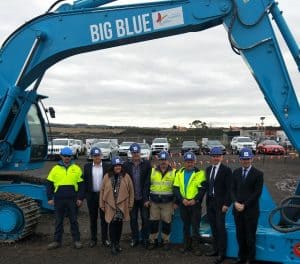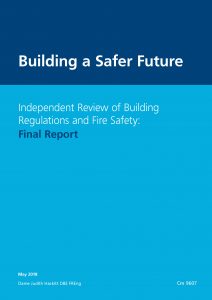 On June 5 2018, Sharon O’Keeffe of the North Queensland Register newspaper aired the response of the Deputy Commissioner of the Australian Competition and Consumer Commission (ACCC) Mick Keogh to claims from the Federated Chamber of Automotive Industries (FCAI) on the safety of quad bikes and crush protection devices (CPDs). O’Keeffe says “the gloves are off”.
On June 5 2018, Sharon O’Keeffe of the North Queensland Register newspaper aired the response of the Deputy Commissioner of the Australian Competition and Consumer Commission (ACCC) Mick Keogh to claims from the Federated Chamber of Automotive Industries (FCAI) on the safety of quad bikes and crush protection devices (CPDs). O’Keeffe says “the gloves are off”.
In March 2018, the ACCC announced its intention for a mandatory safety standard for quad bikes, or All Terrain Vehicles (ATV,) that included CPDs.

 One of the Select Committees of the Australian Senate is conducting an inquiry into the “
One of the Select Committees of the Australian Senate is conducting an inquiry into the “

 Australia’s
Australia’s  The
The 